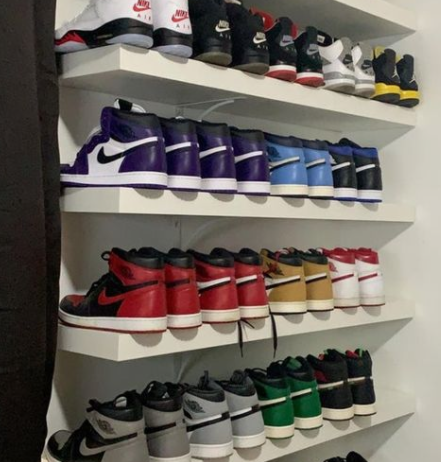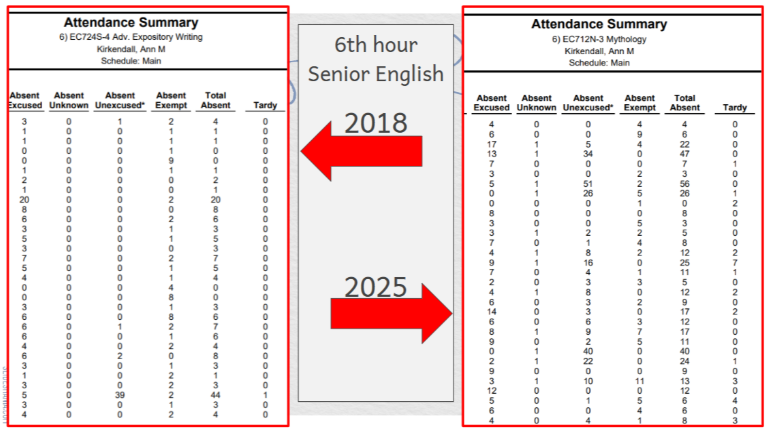Sneakerheads

October 6, 2021
A place I was proud to call “home” soon became the place I desperately tried to leave. Queens, in New York City. There was not one night where the sound of the trains leaving their last stops at 3 am didn’t wake me up.
On some mornings, I’d wake up with the sun shining on my face. Other days, I’d beg my mom to let me stay home as she grew worried as to why I wanted to miss school so badly. My blanket failed to warm my body as the goosebumps refused to leave its mark. I rushed out of bed to avoid missing my bus. I put on my sketchers and let out a long sigh before heading out the door. “Eight hours, you’ll be okay,” I say.
One thing I’ve realized growing up in New York is that people grasp their first impression of you through your shoes and outfit. I attended Elizabeth Blackwell Middle School for three years and often became a victim of bullying simply because of the shoes I wore.
On days where I’d had enough, I would attempt to stand up for myself, but failed horribly. I soon realized that kids weren’t afraid to make me feel inferior if I didn’t own a pair of high-end shoes, regardless of their age or social status.
Owning at least one pair of Nikes or Jordans automatically spared you from being taunted.
Straight down the block from where I lived, there was a shoe store called Payless. A majority of locals found it very affordable. My family and I did as well.
Payless consisted of modern heels, sneakerheads, and even boots. Personally, I wasn’t in need of upscale shoes at the ripe age of twelve.
However, when I started middle school, it felt like shopping there was a crime. Kids would often call you out on your “off-brand” converse. The basic norm was that if you didn’t buy your shoes from Foot Locker, Nike, or Goat, they didn’t have much value to them and were considered “cheap.”
In seventh grade, I distinctly remember the time my mom took me to the mall and let me buy a new pair of shoes even though we weren’t financially capable. I begged for so long. My excuse would be that my shoes were worn out but the truth was that I craved social validation from the “popular kids.” I became so desperate to the point where I refused to accept the fact that in the real world, buying expensive shoes won’t gain me popularity or even friends.
My mother picked out a pair of blue Pumas with gold accents. I felt at ease knowing that maybe the following Monday would consist of compliments. Pumas became the first pair of shoes that I had bought from a well-known brand.
Monday arrived in a blink of an eye and for the first time in many months, I didn’t feel emotionally drained. Safe to say that feeling didn’t last very long.
During gym class, a couple of the popular girls noticed my shoes and took snapchat videos of me and captioned it “what are those?” One even said that they were ugly to my face. I stood there, unable to move or speak. I could hear my heartbeat in my stomach and my throat feeling tight because I was refusing to swallow. I knew it was pointless to stand up for myself because their comeback would always be…”I know she isn’t talking with those on her feet.” Five years have gone by and I still find myself thinking about this incident, wishing I wouldn’t have lost myself on the way.
Sr. Jennifer Meah expressed how she would often get humiliated simply because she wore flats to school. Kids occasionally even called her out on “being poor” and not being able to afford a pair of Adidas. “Being in middle school, I remember everyone wearing Adidas. I was very young and shy at the time so I didn’t pay much attention to what I wore. That was until kids my age would make fun of me for wearing flats or Sketchers. One girl even assumed that I was homeless because I wore the same outfit and shoes every day. I remember coming home from school that day sobbing because I hated how they perceived me.”
The term “sneakerhead” was commonly used to describe people who had an impressive collection of shoes. Back in school, if you had ever been called a sneakerhead, you were considered pretty wealthy enough to afford shoes over $200 like Jordans or Nike. The classic Converse was in the range between $60 or $70. Now, you’d think that is pretty expensive for a pair of shoes, but kids looked at Converse as a non-factor. Sixty or seventy dollars worth of shoes meant nothing to them.
Sr. Diana Gonzalez has been fond of collecting shoes for some time now; However, a couple of years ago, she was pretty clueless about the sneakerhead lifestyle. Gonzalez would own brands like Converse and Reebok, but she felt pressured into buying expensive brands like Nike in order to fit in. “My classmates would sometimes ask how much my shoes cost and I would say it was around fifty or sixty dollars and they’d look at me as if I was crazy. I soon realized that they considered any shoe around that range cheap and ‘easy to get.’ One day, I came to school with a pair of Nikes that I got as a Christmas present and people instantly turned heads. Somehow, they knew it cost at least $100 or higher and I ended up receiving many compliments. It makes you feel like you’re on top of the world honestly,” Gonzalez says.
Shoes are meant for comfort and support, but it’s crazy to think that shoes can also determine your worth and social status to a point where if you don’t have the right pair of shoes, you’re perceived as an outcast, but once you do, you’re invincible.



